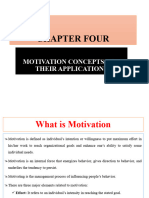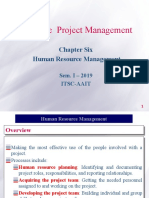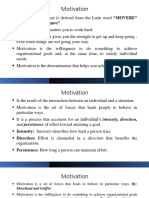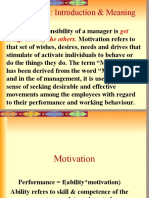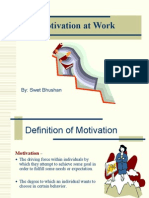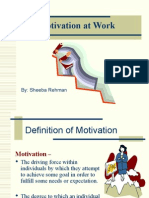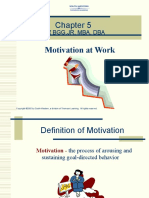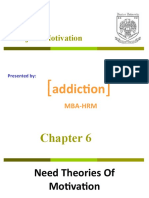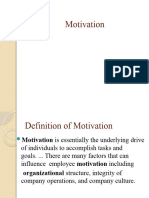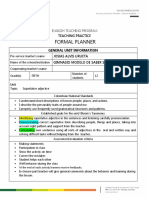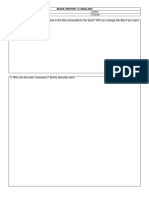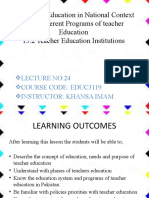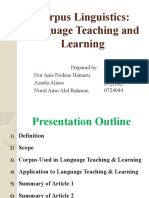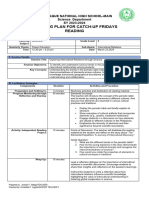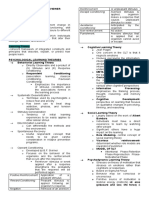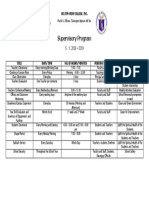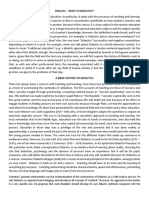0% found this document useful (0 votes)
28 views55 pages9 Motivation
The document discusses the concept of motivation as a critical management function that influences organizational success and employee behavior. It covers various theories of motivation, including content and process theories, and highlights the importance of understanding individual needs and designing effective motivational programs. Additionally, it addresses challenges in motivating employees and the implications of different motivational theories.
Uploaded by
mohasja0320Copyright
© © All Rights Reserved
We take content rights seriously. If you suspect this is your content, claim it here.
Available Formats
Download as PDF, TXT or read online on Scribd
0% found this document useful (0 votes)
28 views55 pages9 Motivation
The document discusses the concept of motivation as a critical management function that influences organizational success and employee behavior. It covers various theories of motivation, including content and process theories, and highlights the importance of understanding individual needs and designing effective motivational programs. Additionally, it addresses challenges in motivating employees and the implications of different motivational theories.
Uploaded by
mohasja0320Copyright
© © All Rights Reserved
We take content rights seriously. If you suspect this is your content, claim it here.
Available Formats
Download as PDF, TXT or read online on Scribd
/ 55




